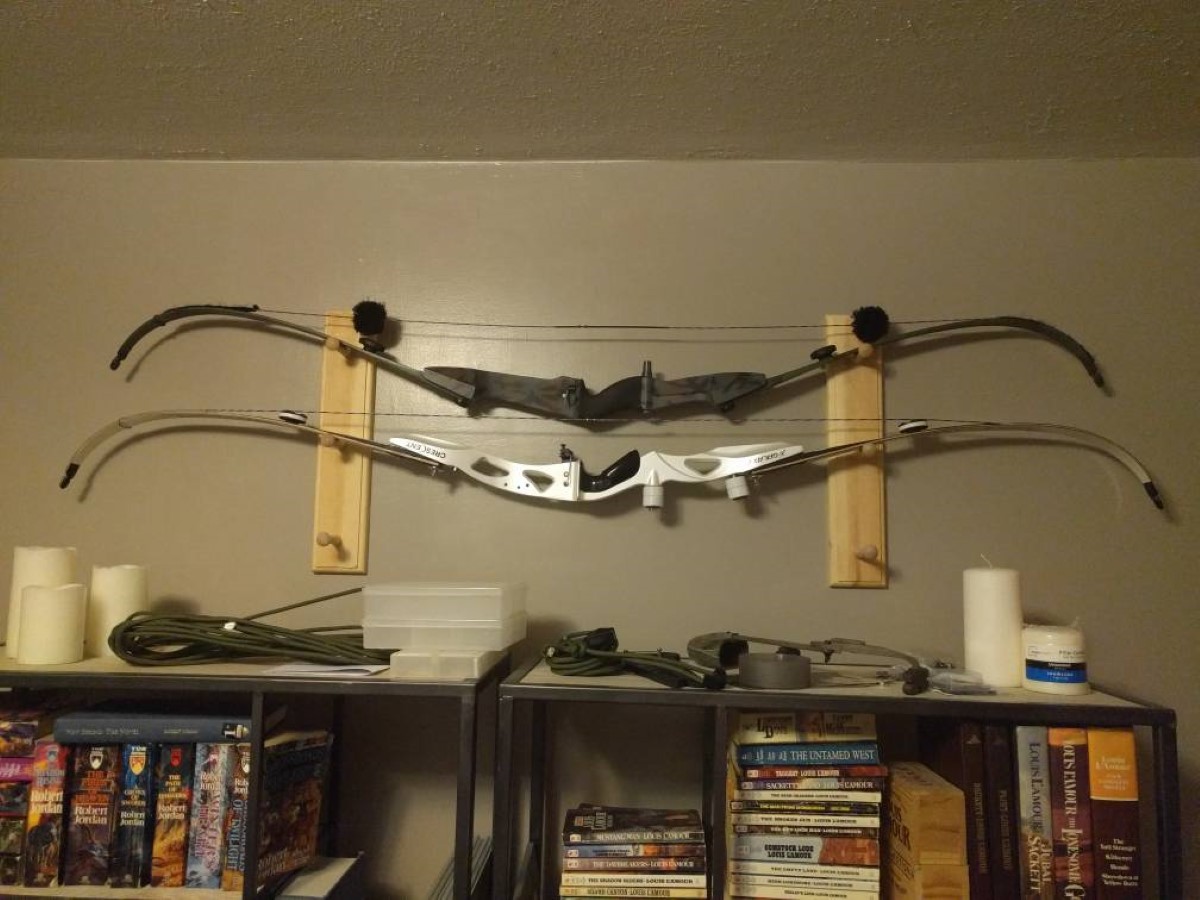

Articles
How To Store A Recurve Bow
Modified: August 16, 2024
Learn the proper way to store a recurve bow with our helpful articles. Whether you're a beginner or seasoned archer, our tips will keep your bow in top condition!
(Many of the links in this article redirect to a specific reviewed product. Your purchase of these products through affiliate links helps to generate commission for Storables.com, at no extra cost. Learn more)
Introduction
Storing a recurve bow properly is essential for maintaining its performance and longevity. Whether you are a seasoned archer or a beginner, knowing how to store your recurve bow correctly will ensure that it remains in top condition for years to come. In this article, we will explore the key steps you need to take to store your recurve bow effectively.
Choosing the right storage space, cleaning and maintenance, disassembling the bow, and protecting it from environmental factors are all important aspects of proper storage. By following these guidelines, you can enjoy optimal performance from your recurve bow and prevent any potential damage.
So, let’s dive into the essential steps you need to take to store your recurve bow properly.
Key Takeaways:
- Properly storing your recurve bow is crucial for maintaining its performance and longevity. Choose the right storage space, clean and maintain the bow, and protect it from extreme temperature and humidity to ensure optimal performance and safety.
- Disassembling the bow, wrapping it with a protective cover, and storing it in a case or hanging it are effective storage options. Regularly inspect the bow to identify and address any potential issues, ensuring its optimal performance and longevity.
Read more: What Does A Plunger Do On A Recurve Bow
Choosing the Right Storage Space
When it comes to storing your recurve bow, the first step is to choose an appropriate storage space. Ideally, you want a location that is clean, dry, and free from drastic temperature fluctuations. Here are some factors to consider when selecting the right storage space:
- Avoid Moisture: Moisture is the enemy of any bow, as it can cause damage to the wood or limbs. Choose a storage area that is not prone to dampness or humidity. If you live in a humid climate, consider using a dehumidifier in the storage space.
- Avoid Direct Sunlight: Sunlight can fade the color of your bow’s limbs and weaken the materials over time. Store your recurve bow away from windows or use a cover to protect it from direct sunlight.
- Avoid Extreme Temperatures: Extreme heat or cold can warp the limbs or affect the bow’s performance. Look for a storage space with a stable temperature, avoiding areas like attics or garages that may experience drastic temperature changes.
- Sufficient Space: Ensure that the storage space provides enough room for your recurve bow. It should be spacious enough to accommodate the bow without any pressure or bending.
Consider these factors when choosing a storage space for your recurve bow. Remember, a proper storage environment will help maintain the integrity of your bow and extend its lifespan.
Cleaning and Maintenance
Proper cleaning and maintenance are crucial for keeping your recurve bow in optimal condition. Here are some important steps to follow:
- Inspect for Damage: Before cleaning your recurve bow, carefully inspect it for any signs of damage or wear. Look for cracks, splintering, or loose parts. If you notice any issues, address them promptly to prevent further damage.
- Clean the Limbs: Using a soft cloth or sponge, gently wipe down the limbs of your recurve bow. Remove any dirt, debris, or sweat that may have accumulated during use. Be sure to clean the entire limb surface, including the tips and the area where it connects to the riser.
- Clean the Riser: The riser is the central component of your bow, so it’s essential to keep it clean. Use a soft cloth or brush to remove any dirt or residue from the riser, paying attention to the nooks and crannies.
- Inspect Bowstring: Check the bowstring for any signs of fraying, wear, or damage. If you notice any issues, it is crucial to replace the bowstring before storage.
- Apply Bow Wax or Oil: To protect the bow and keep it in good condition, apply a layer of bow wax or oil to the limbs and the riser. This will help prevent drying and cracking of the wood and maintain its longevity.
- Tighten Loose Parts: Check all the screws, bolts, and nuts on your recurve bow and ensure that they are properly tightened. Loose parts can affect the bow’s performance and stability.
- Store Bowstring Separately: It is advisable to remove the bowstring from your recurve bow before storing it. This will help prevent any tension and stress on the bowstring, prolonging its lifespan. Store the bowstring separately in a dry and safe place.
By following these cleaning and maintenance practices, you can ensure your recurve bow remains in optimal condition and performs at its best every time you use it.
Disassembling the Recurve Bow
Disassembling your recurve bow before storage is an important step to protect its components and ensure its longevity. Here’s how to properly disassemble your recurve bow:
- Detach the Limbs: Begin by loosening the limb bolts on your recurve bow. Carefully unscrew them until the limbs can be safely detached from the riser. Be sure to follow the manufacturer’s instructions for your specific bow model.
- Remove the Bowstring: Once the limbs are detached, remove the bowstring from the bow. Gently slide it off the limb tips and store it separately in a safe and dry place.
- Inspect the Limbs and String: Take this opportunity to inspect the limbs and bowstring for any signs of damage or wear. Look for cracks, fraying, or any issues that may require repairs or replacements before reassembling the bow.
- Clean the Components: With the limbs and bowstring removed, you have better access to clean the individual components thoroughly. Use a soft cloth or brush to remove any dirt or residue from the limbs, riser, and other parts.
- Store the Limbs Safely: Once cleaned, store the limbs in a protective case or sleeve to prevent any scratches or damage. Ensure that the storage space for the limbs is dry and secure.
- Store the Bow Riser: Similarly, store the bow riser in a separate case or sleeve to keep it protected during storage. Make sure the storage area is clean and free from any potential hazards.
Disassembling your recurve bow not only makes it easier to store but also reduces the chances of any accidental damage during storage. Take the time to properly disassemble your bow and store its components in a safe and secure manner.
Wrapping the Bow with a Protective Cover
Once your recurve bow is disassembled and the components are stored separately, it’s important to wrap the bow with a protective cover to shield it from dust, scratches, and other potential damage. Here’s how to wrap your bow with a protective cover:
- Select a Suitable Cover: Choose a cover that is specifically designed for bow storage. Look for one that provides adequate padding and protection for your recurve bow.
- Place the Limbs and Riser on the Cover: Lay the limbs and riser of your disassembled bow onto the center of the cover. Ensure that the limbs and riser are aligned properly.
- Wrap the Cover Around the Bow: Start by bringing one side of the cover over the bow, ensuring that it covers the limbs and riser completely. Then, bring the opposite side over, overlapping the first side.
- Secure the Cover: Use the provided straps, ties, or fasteners to secure the cover tightly around the bow. Make sure it is snug but not too tight to avoid putting unnecessary pressure on the limbs and riser.
- Double-Check the Coverage: Ensure that the entire bow, from the top of the limbs to the bottom of the riser, is fully covered. This will provide maximum protection against dust, moisture, and accidental bumps.
By wrapping your bow with a protective cover, you are adding an extra layer of defense to keep it safe during storage. This simple step can help preserve the appearance and integrity of your recurve bow for a long time.
When storing a recurve bow, it’s important to unstring it to relieve tension on the limbs. Store it in a cool, dry place away from direct sunlight to prevent warping or damage.
Read more: How To Store Bows
Storing the Recurve Bow in a Case
Storing your recurve bow in a dedicated case is an excellent option to ensure maximum protection and portability. Here’s how to store your recurve bow in a case:
- Choose the Right Case: Select a case that is specifically designed for recurve bows. Look for a case that offers ample padding, compartments, and secure closures.
- Prepare the Bow for Storage: Before placing the bow in the case, ensure that it is disassembled, cleaned, and wrapped with a protective cover as mentioned earlier.
- Insert the Limbs and Riser: Start by placing the wrapped limbs and riser into the designated compartments or slots in the case. Ensure that the limbs are positioned securely and that there is no pressure or strain on them.
- Secure the Bowstring: If the case has a separate compartment for the bowstring, place it in there. Alternatively, you can secure the bowstring near the bow, ensuring that it doesn’t come into contact with the limbs or riser.
- Close and Lock the Case: Once the bow and accessories are securely in place, close the case and ensure that all locks or fasteners are properly engaged. This will prevent any accidental openings during storage or transport.
- Store the Case Properly: Find a suitable storage location for the case, taking into consideration the factors mentioned earlier such as temperature, humidity, and protection from direct sunlight. Store the case in an upright position to prevent any unnecessary pressure on the bow.
- Regularly Check the Case: Periodically inspect the case for any signs of wear, damage, or mold. Address any issues promptly to ensure the continued protection of your recurve bow.
Storing your recurve bow in a dedicated case not only provides excellent protection but also makes it convenient for transportation to and from the range or hunting grounds. Take the time to invest in a quality case and store your bow properly to enjoy years of trouble-free use.
Hanging the Recurve Bow
If you have limited storage space or prefer to display your recurve bow, hanging it can be a great option. Hanging your bow not only keeps it easily accessible but also adds a decorative touch to your living space. Here’s how to hang your recurve bow:
- Select a Suitable Location: Choose a wall or area that is sturdy enough to support the weight of the bow. Ensure that it is away from direct sunlight, extreme temperature changes, and humidity.
- Install Bow Hangers: Invest in high-quality bow hangers or hooks that are designed to support the weight of your recurve bow. Follow the manufacturer’s instructions for installation, making sure to use appropriate hardware for the type of wall surface.
- Disassemble and Prepare the Bow: Before hanging the bow, disassemble it and clean each component thoroughly. Ensure that the limbs are wrapped with a protective cover to prevent them from scratching or getting damaged.
- Hang the Bow Riser: Start by hanging the bow riser on the hanger or hook securely. Position it in a way that allows the limbs to hang naturally downward.
- Hang the Bow Limbs: Carefully hang the wrapped limbs on either side of the bow riser, ensuring that they are balanced and aligned. Avoid placing any pressure or strain on the limbs.
- Ensure Stability and Security: Once the bow is hung, give it a gentle shake to ensure that it is secure. Make any necessary adjustments to ensure that the bow is stable and won’t easily fall off the hangers.
- Regularly Inspect and Maintain: Regularly inspect the hanging setup for any signs of damage or loosening. Additionally, periodically check the bow components for any issues and address them promptly to maintain optimal performance.
Hanging your recurve bow is not only a practical storage solution but also a visually pleasing way to showcase your archery equipment. Follow these steps, and you can safely and beautifully display your bow while keeping it easily accessible for whenever you’re ready to shoot.
Avoiding Extreme Temperature and Humidity
Extreme temperature and humidity can have detrimental effects on your recurve bow. To ensure its longevity and performance, it’s crucial to protect your bow from these environmental factors. Here’s how to avoid extreme temperature and humidity:
- Avoid Excessive Heat: High temperatures can cause the bow’s limbs to warp or weaken. Keep your bow away from direct sunlight and avoid storing it in areas that experience extreme heat, such as a hot car or an attic.
- Avoid Freezing Temperatures: Extreme cold can also negatively impact the structural integrity of your bow. Avoid exposing your bow to freezing temperatures for extended periods. If you need to transport your bow in cold weather, ensure it is properly protected and insulated.
- Control Humidity: Humidity can cause the bow’s wood to swell, warp, or even rot over time. Avoid storing your bow in areas with high humidity, such as basements or areas prone to moisture. Consider using a dehumidifier in the storage space to maintain optimal humidity levels.
- Use Silica Gel Packs: Silica gel packs can help absorb moisture in the storage area and protect your bow from humidity. Place them in the storage case or area where you keep your bow to maintain a dry environment.
By protecting your recurve bow from extreme temperature and humidity, you can prevent damage and prolong its lifespan. Store your bow in a cool, dry location and regularly inspect the storage area to ensure it remains in optimal condition.
Regularly Inspecting the Bow
Regular inspections are essential to ensure the overall condition and performance of your recurve bow. By conducting routine checks, you can identify any potential issues early on and address them promptly. Here’s how to regularly inspect your recurve bow:
- Visual Inspection: Carefully examine the limbs, riser, bowstring, and other components for any signs of damage, wear, or defects. Look for cracks, splintering, loose parts, or fraying on the bowstring.
- Check Alignment: Ensure that the limbs are aligned properly with the riser. If you notice any twisting or misalignment, it may affect the bow’s performance. Adjust it as needed or seek professional assistance if required.
- Inspect Limb Tips: Check the limb tips for any signs of damage or stress. Look for any issues with the string grooves or any irregularities that may affect the bowstring’s placement or performance.
- Examine Bowstring: Inspect the bowstring for signs of fraying or wear. Look for any loose strands or areas that may require repair or replacement. Replace the bowstring if necessary to ensure safe and optimal shooting.
- Test Limb Flexibility: Gently flex the limbs of the bow to ensure they maintain their flexibility and there are no unusual creaking or cracking sounds. Excessive stiffness or abnormal noises may indicate a problem that needs attention.
- Check Accessories: Inspect any accessories attached to the bow, such as sights, stabilizers, or arrow rests. Ensure they are properly secured and functioning as intended.
It is advisable to conduct regular inspections at least once a month, or more frequently if you use your bow regularly. By identifying any issues early on, you can address them promptly, preventing further damage and ensuring your recurve bow’s optimal performance and safety.
Read more: How To Store Hair Bows
Conclusion
Properly storing your recurve bow is essential for maintaining its performance, longevity, and overall value. By following the guidelines outlined in this article, you can ensure that your bow remains in optimal condition and is ready for use whenever you need it.
Choosing the right storage space, cleaning and maintenance, disassembling the bow, and protecting it from extreme temperature and humidity are all key factors in proper storage. Wrapping the bow with a protective cover, storing it in a case, or hanging it are different options to consider based on your preferences and available space.
Regularly inspecting the bow allows you to identify any potential issues and address them promptly. This not only helps in maintaining the bow’s performance but also ensures your safety while using it.
Remember, investing time and effort in storing your recurve bow properly will pay off in the long run by prolonging its lifespan and preserving its optimal performance. By following these guidelines, you can enjoy countless hours of archery with a well-maintained and reliable recurve bow.
So, take care of your bow, store it properly, and cherish the moments you spend honing your archery skills with one of the most iconic and versatile bows out there.
Frequently Asked Questions about How To Store A Recurve Bow
Was this page helpful?
At Storables.com, we guarantee accurate and reliable information. Our content, validated by Expert Board Contributors, is crafted following stringent Editorial Policies. We're committed to providing you with well-researched, expert-backed insights for all your informational needs.
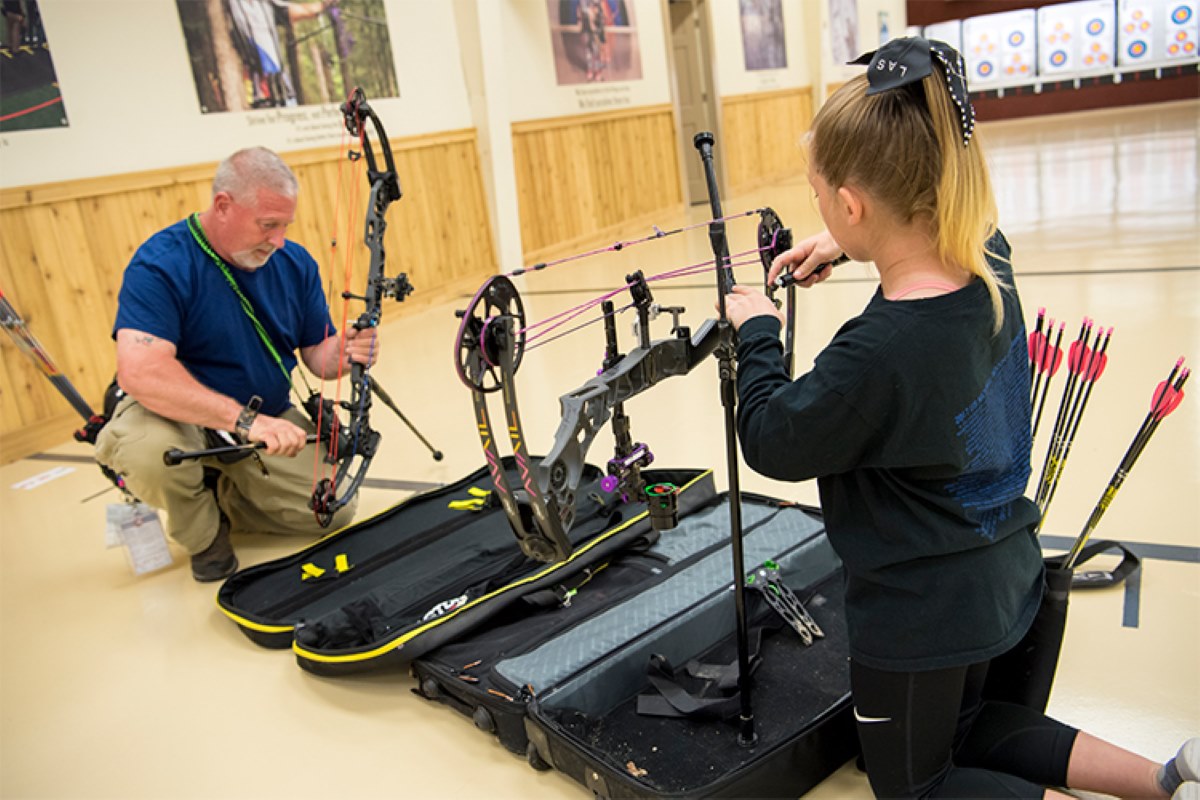
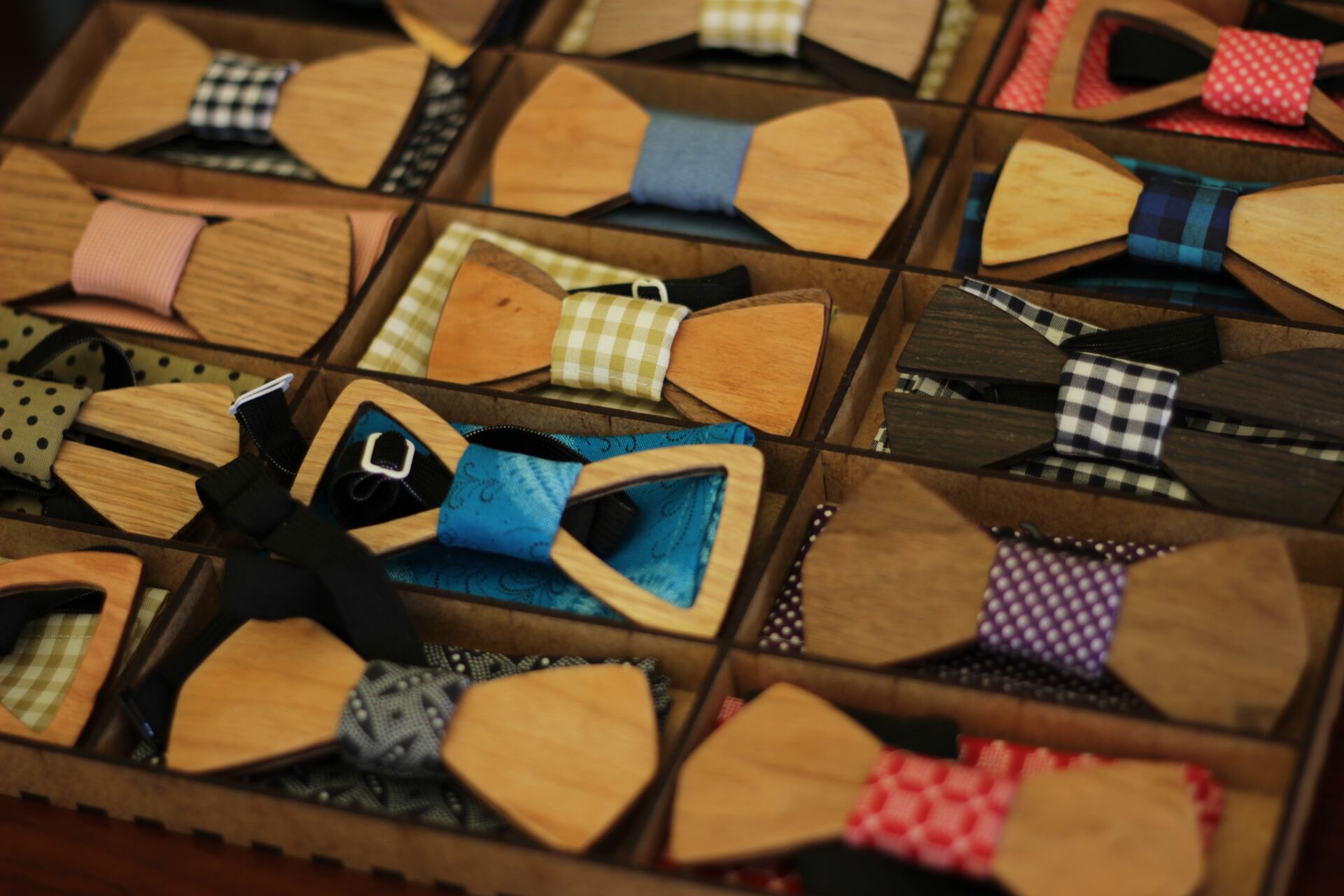
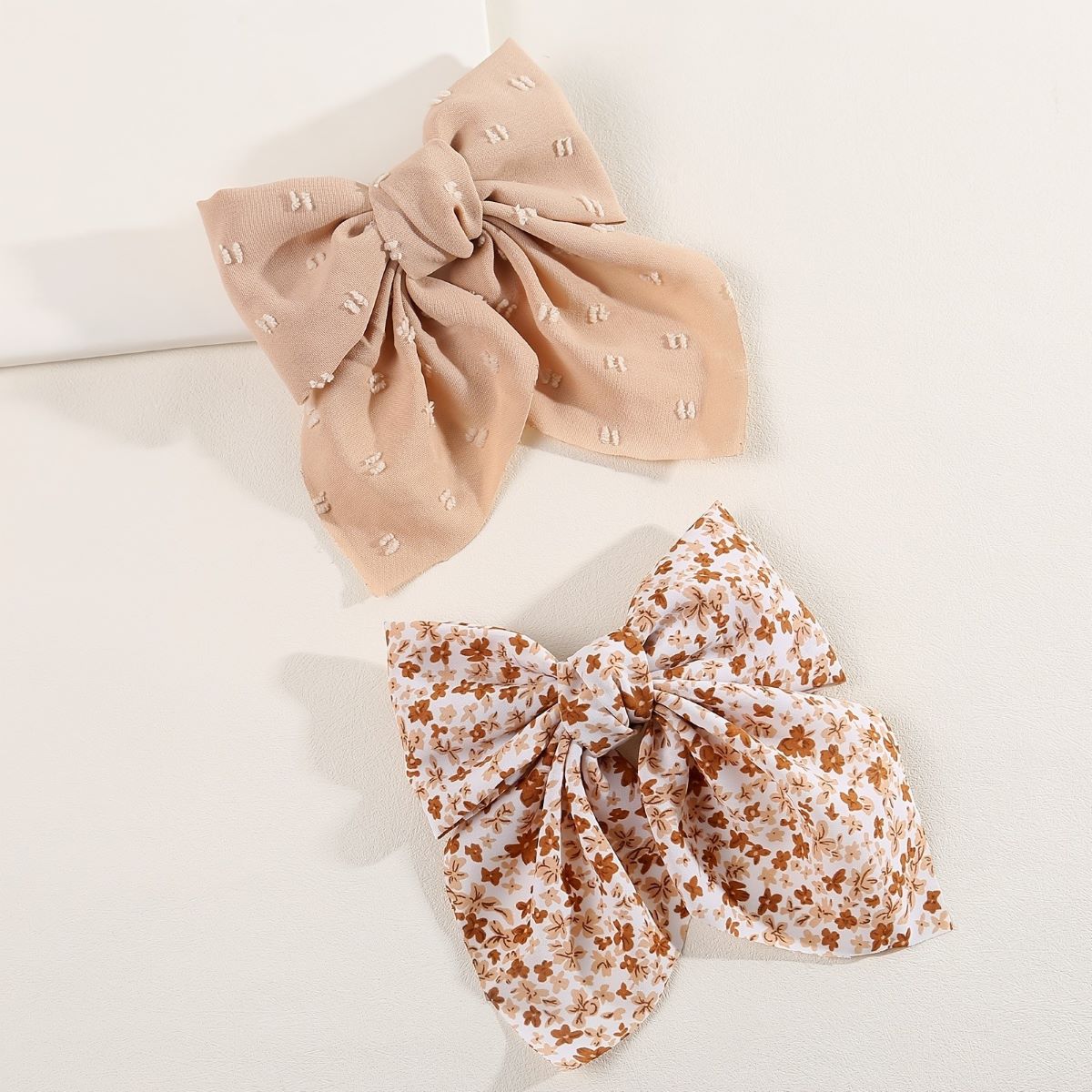
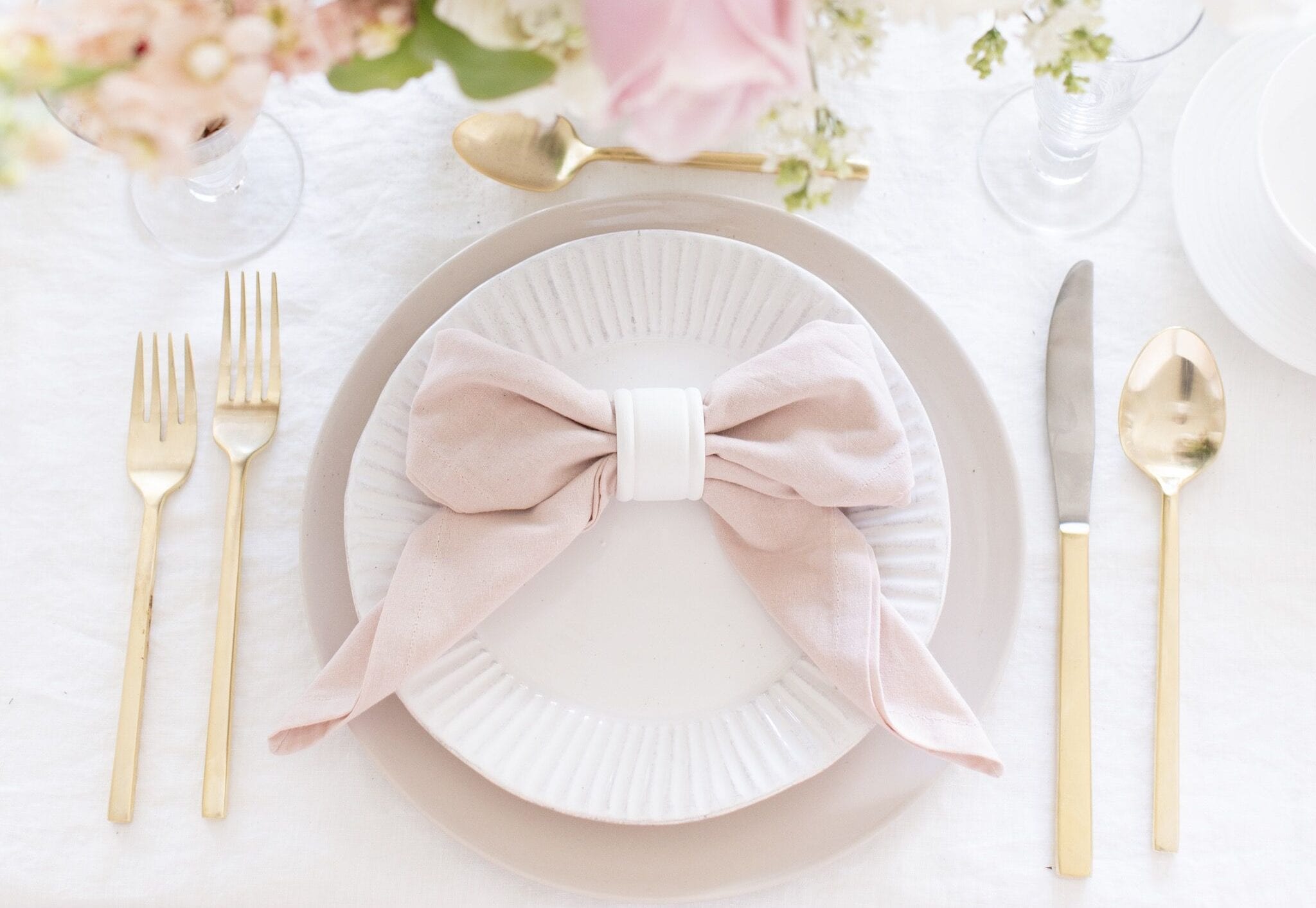
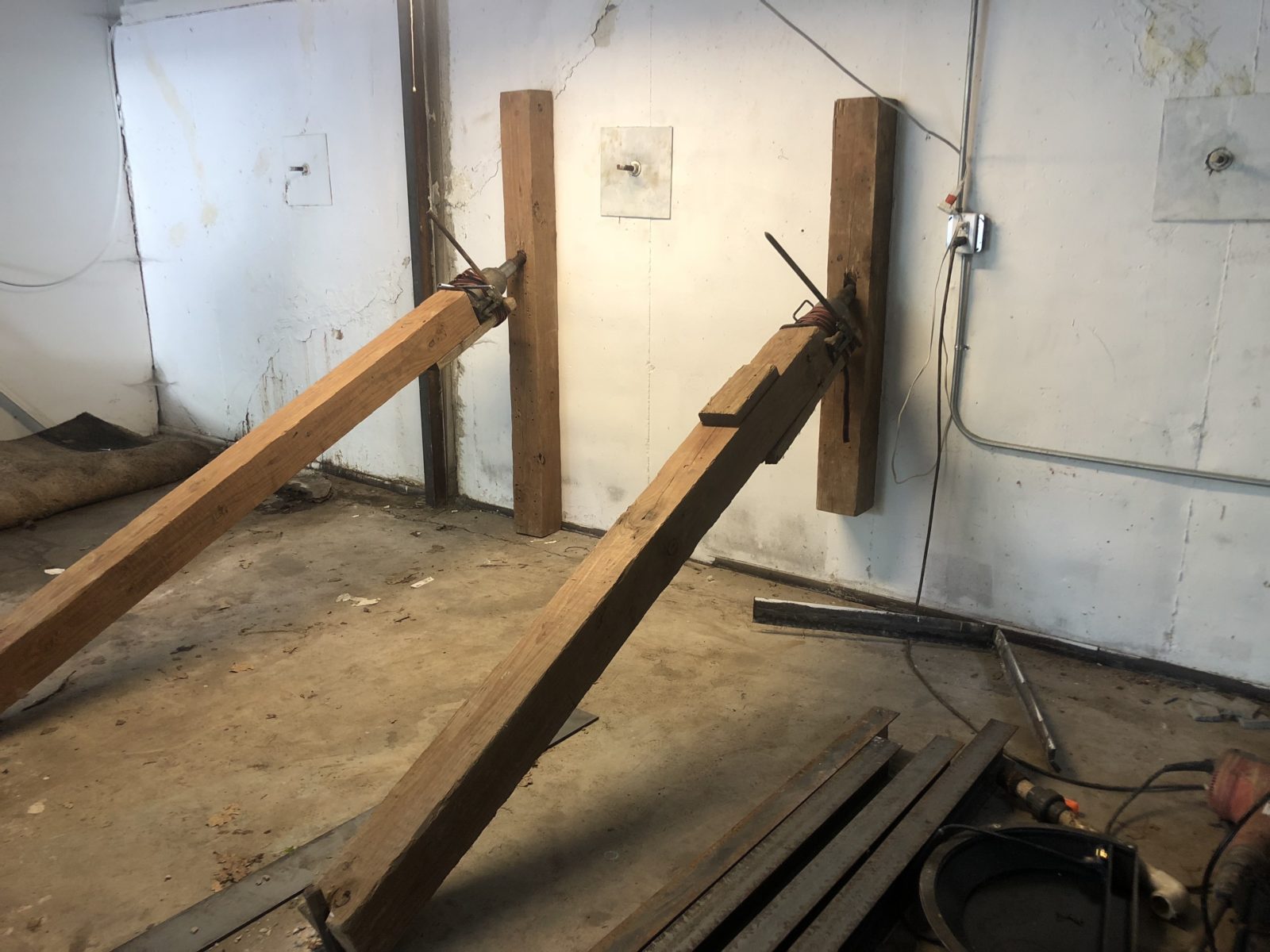
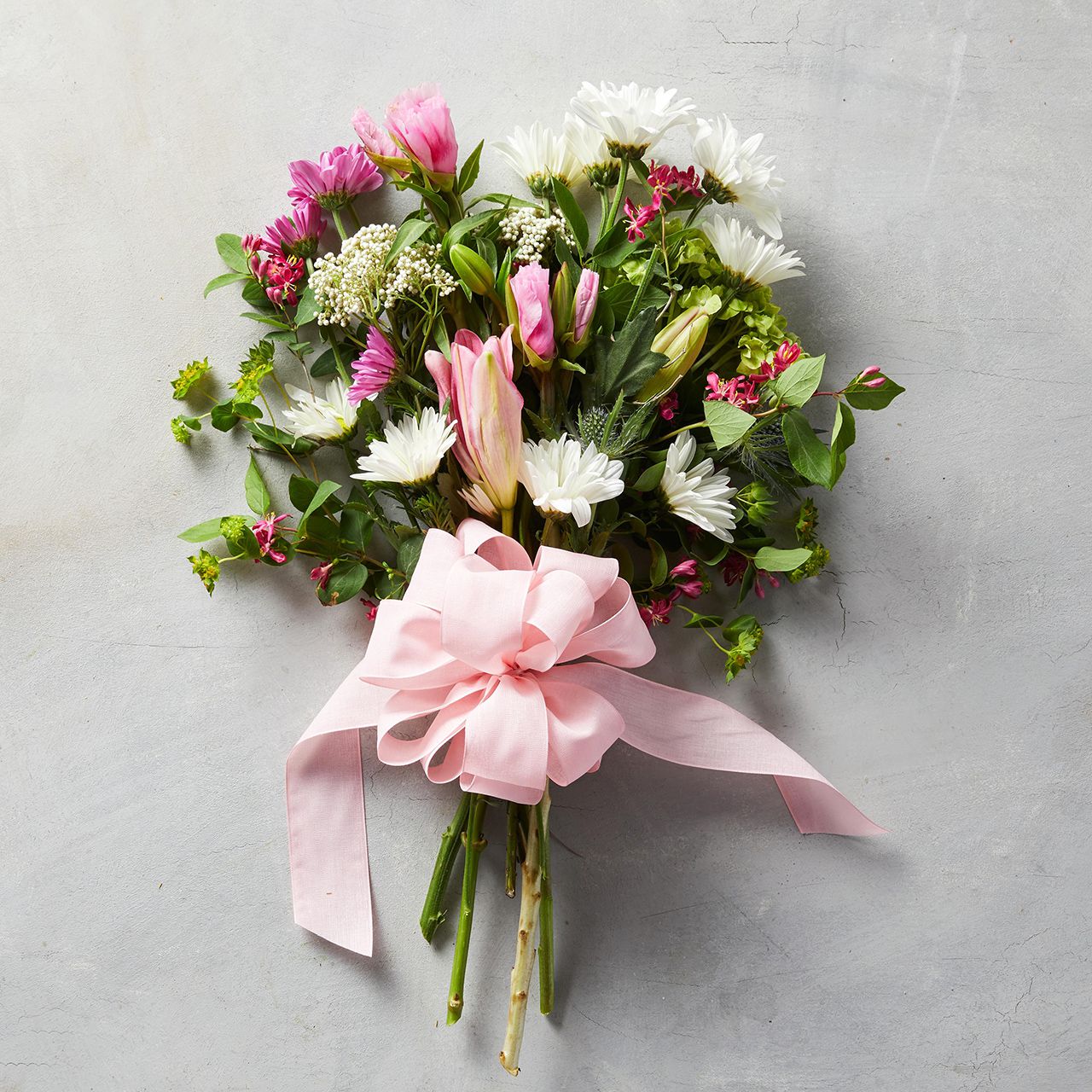

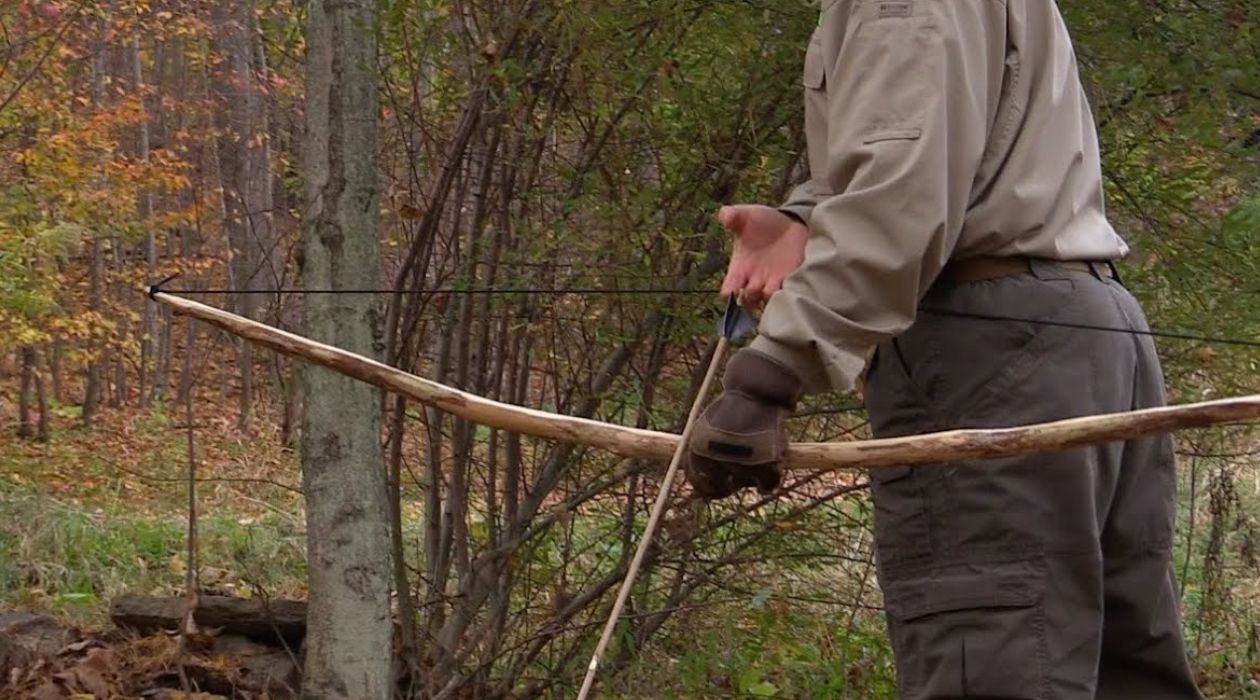
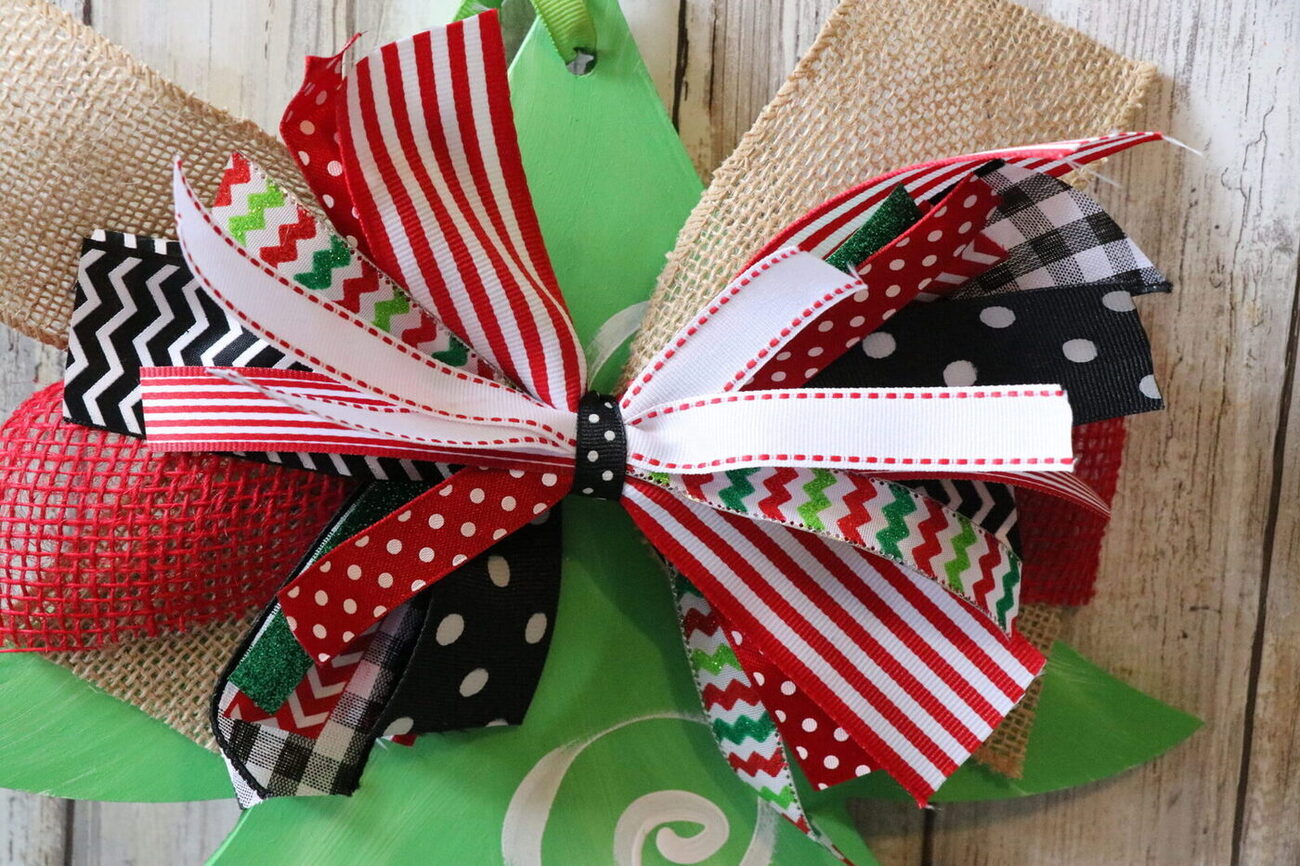





0 thoughts on “How To Store A Recurve Bow”